Finally time to start installing the major turbo components!
Photographic coverage starts thinning out here, because it was becoming clear that we weren't going to finish as early as we hoped.
The "up pipe" or "turbo feed pipe" is first to go on:
But first you clamp the wastegate onto it. The clamp does not get tightened at this point, because you'll need to rotate things into proper orientation later. This pipe has a small bracket for mounting it to an existing unused threaded hole on the engine. The hole in my pipe's bracket would not line up with the hole in the engine. I had to grind the end of the bracket down a bit to get things to line up. The Dremel's grinding bit was barely capably of doing this job. It was slow progress:
Instructions say to install the up pipe from below the vehicle. That was not an option for us, and we had absolutely no problem lowering the pipe down from above.
Next up is the passenger head pipe:
Mounting it to the head of the engine is a bit easier than removing the stock pipe. There's a little more room to work. Remember not to tighten these bolts yet. Leave EVERYTHING loose until the end!
The crossover pipe comes next:
Mounts to the driver side head first:
Then connect the crossover pipe and passenger head pipe to the up pipe:
Again, keep those connections loose so they can wiggle. But do spend some time planning how you will orient those flanges to avoid interfering with any suspension components, ground clearance, etc. Also consider whether you'll be able to reach both the nut and the head of the bolt to tighten it later. This is NOT the final orientation I ended up with.
Next is the extension pipe:
I don't have a picture of this getting installed, but it slips into the remainder of the stock exhaust system where the old y-pipe used to connect. You'll want the driver side O2 sensor bung to be just slightly above horizontal. It's a TIGHT fit. We had you use a dead blow hammer to get this pipe in. Maybe we should have tried cleaning out the stock pipe that it slides into for an easier install? Don't tighten the clamp yet.
And, finally, the down pipe:
This pipe has two brackets that slide behind two bolts under the alternator. You have to loosen those two bolts first. And connect it to the extension pipe (don't tighten!).
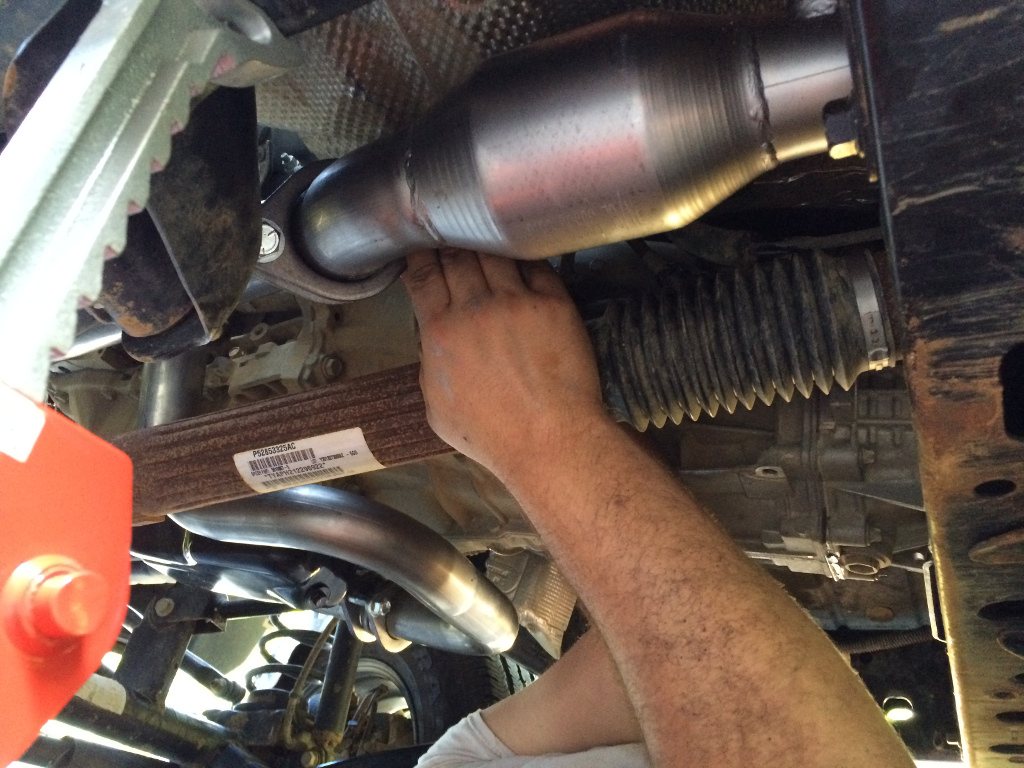



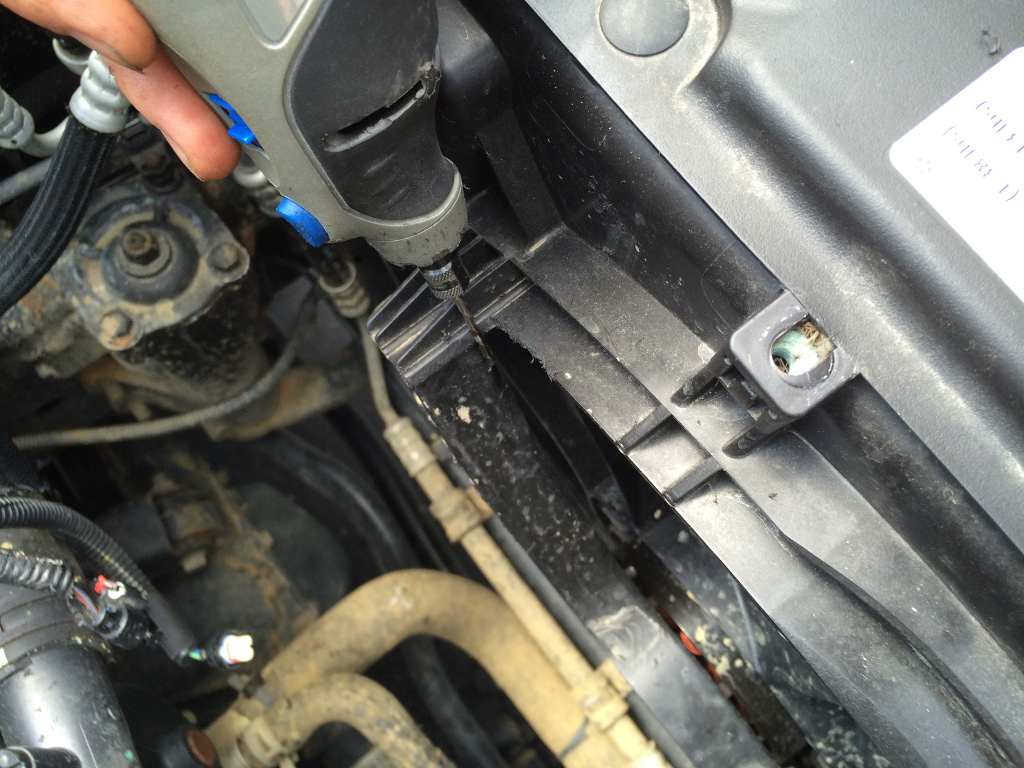
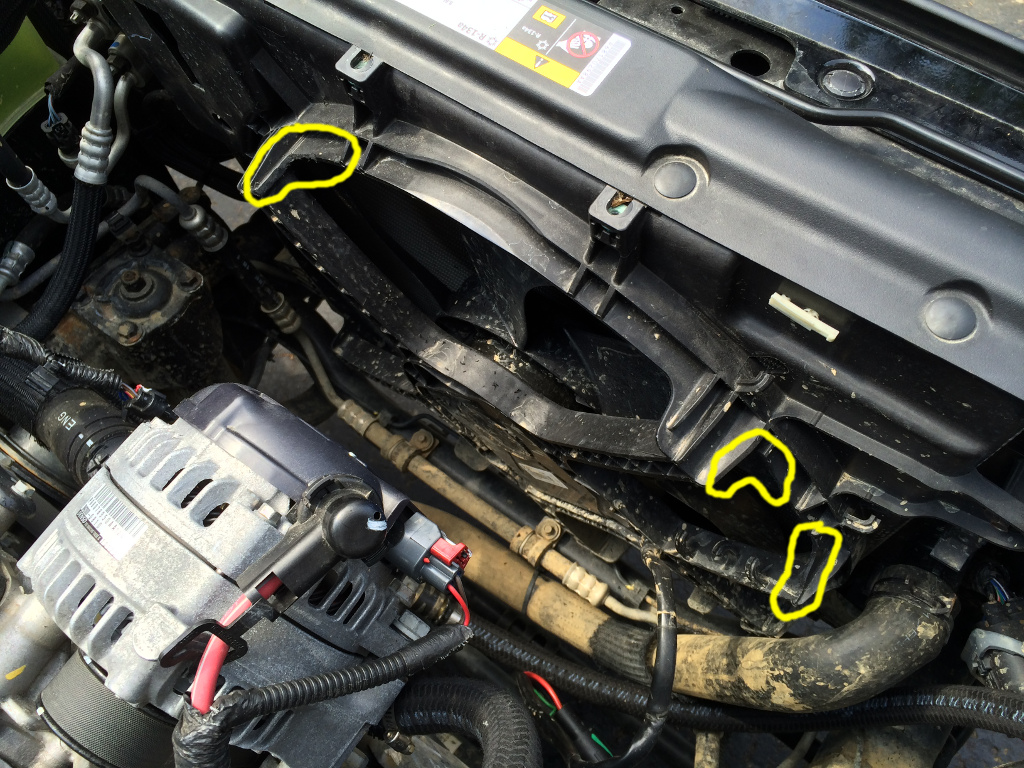

 Reply With Quote
Reply With Quote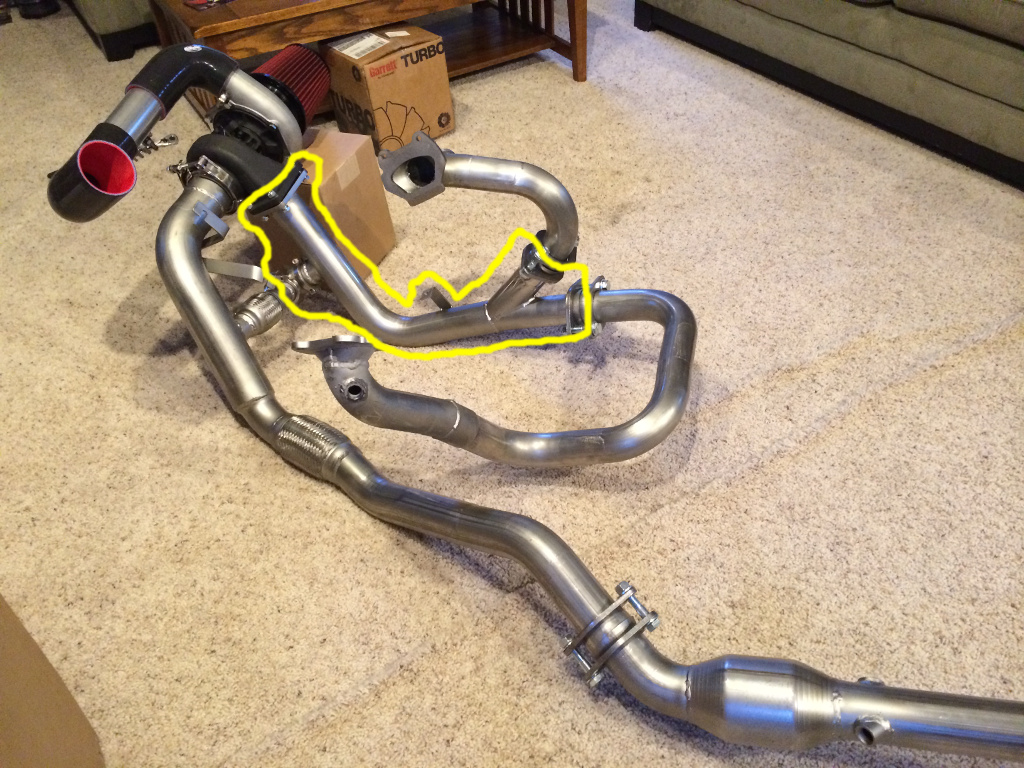
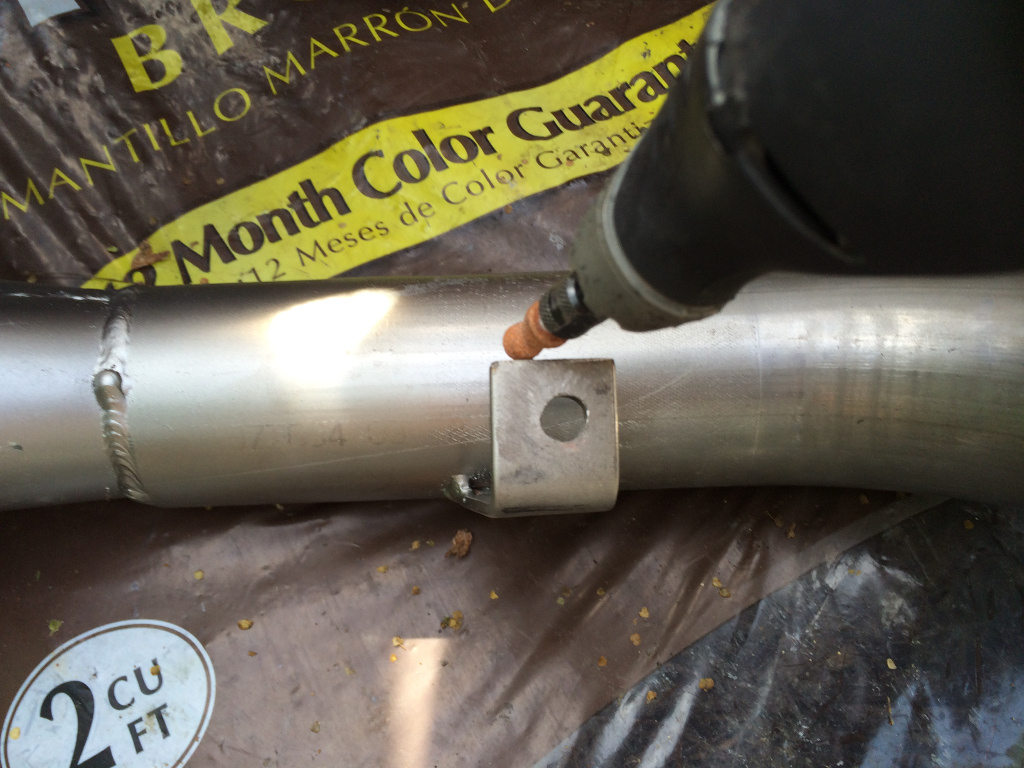
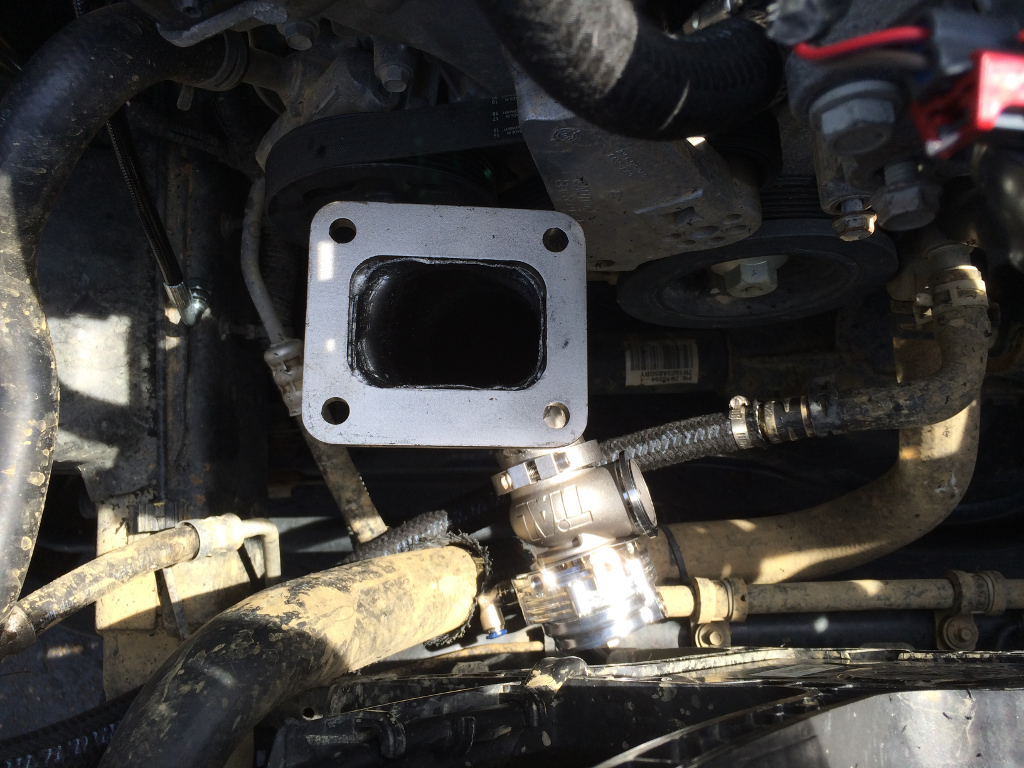
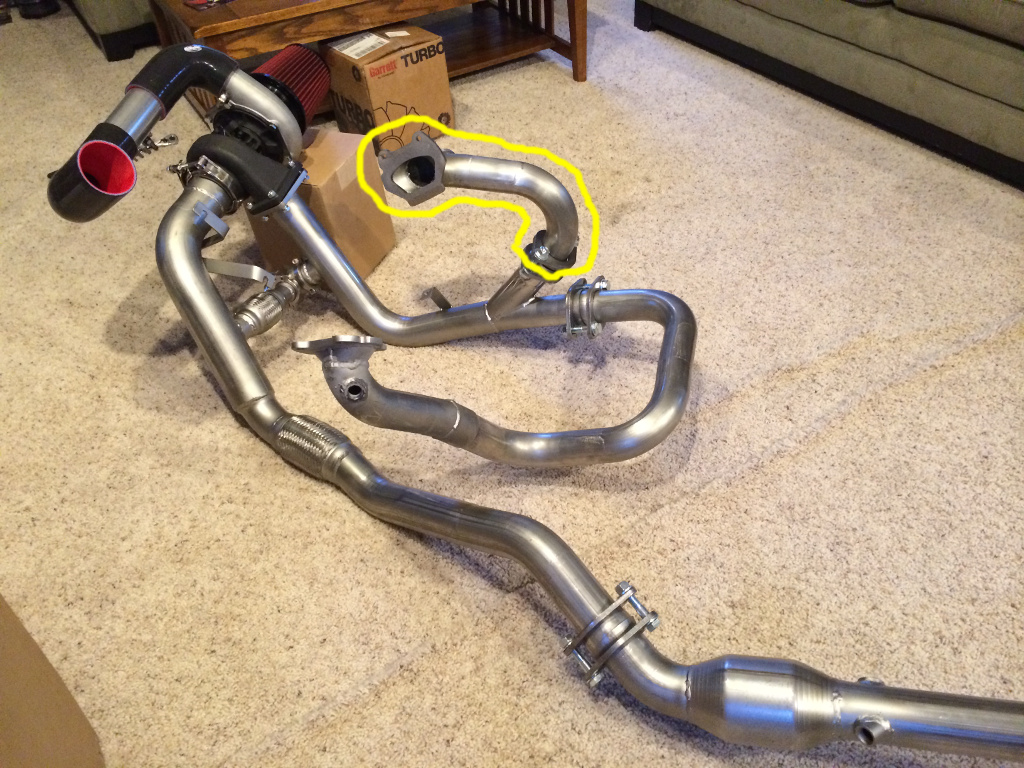
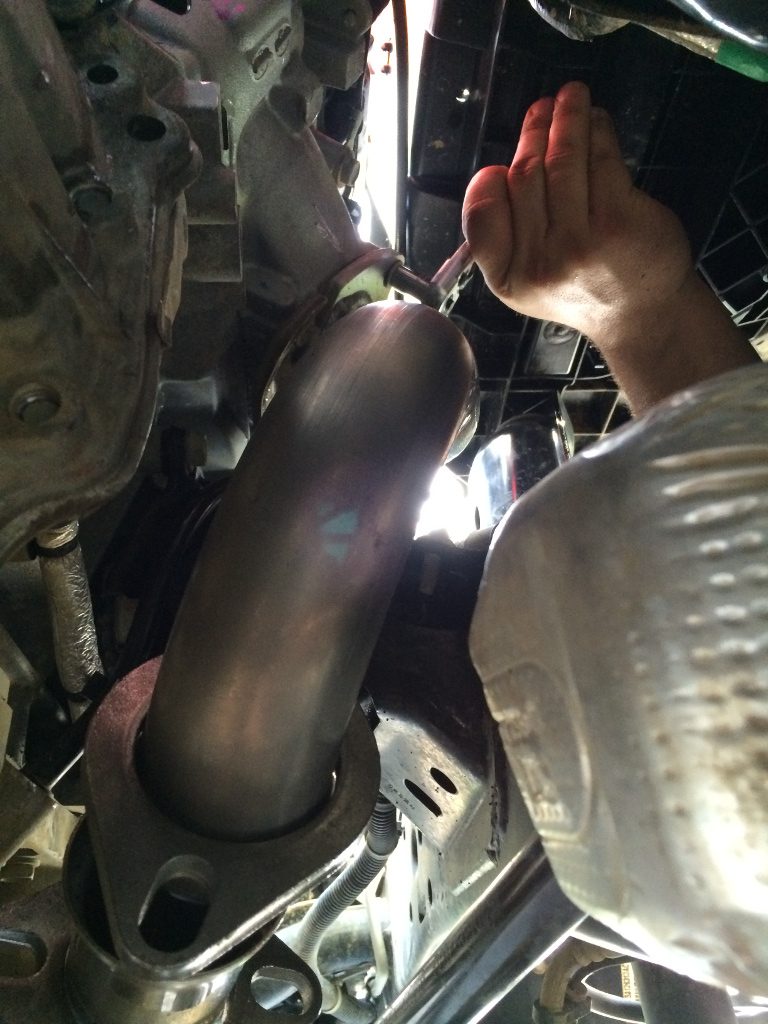
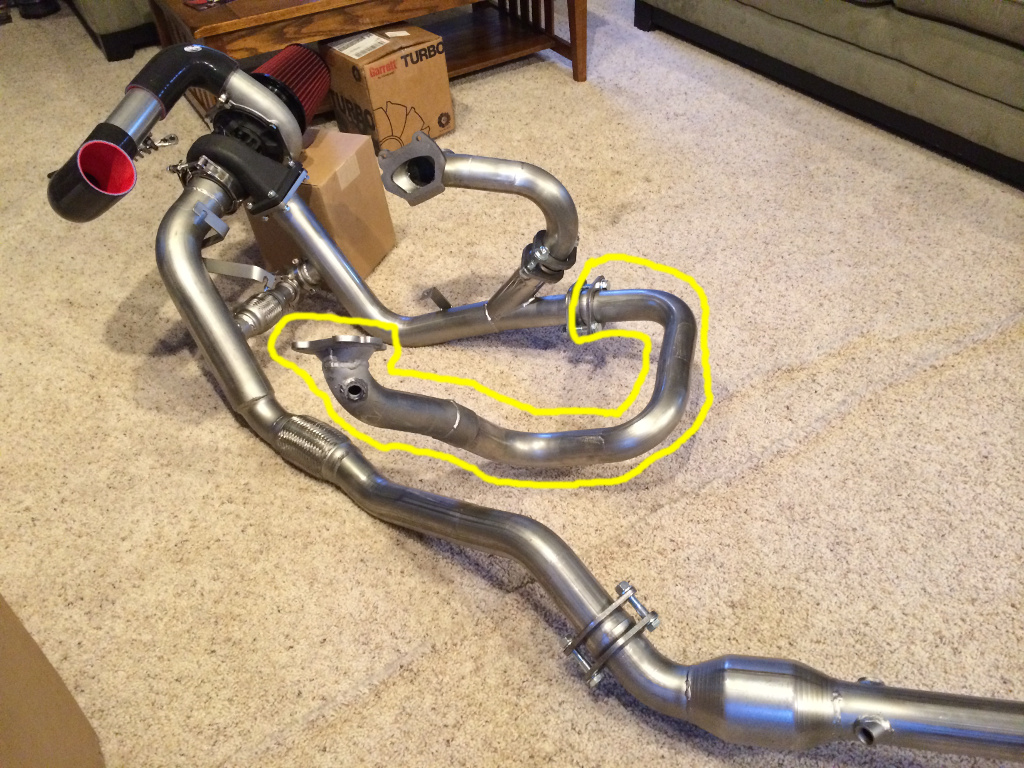

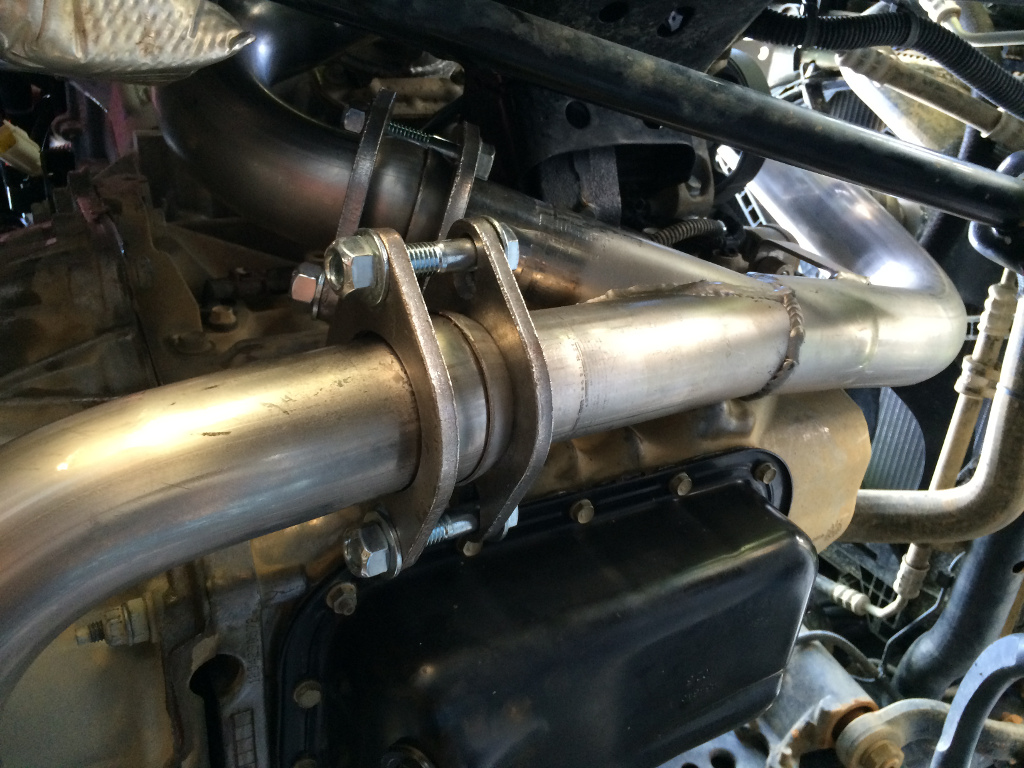
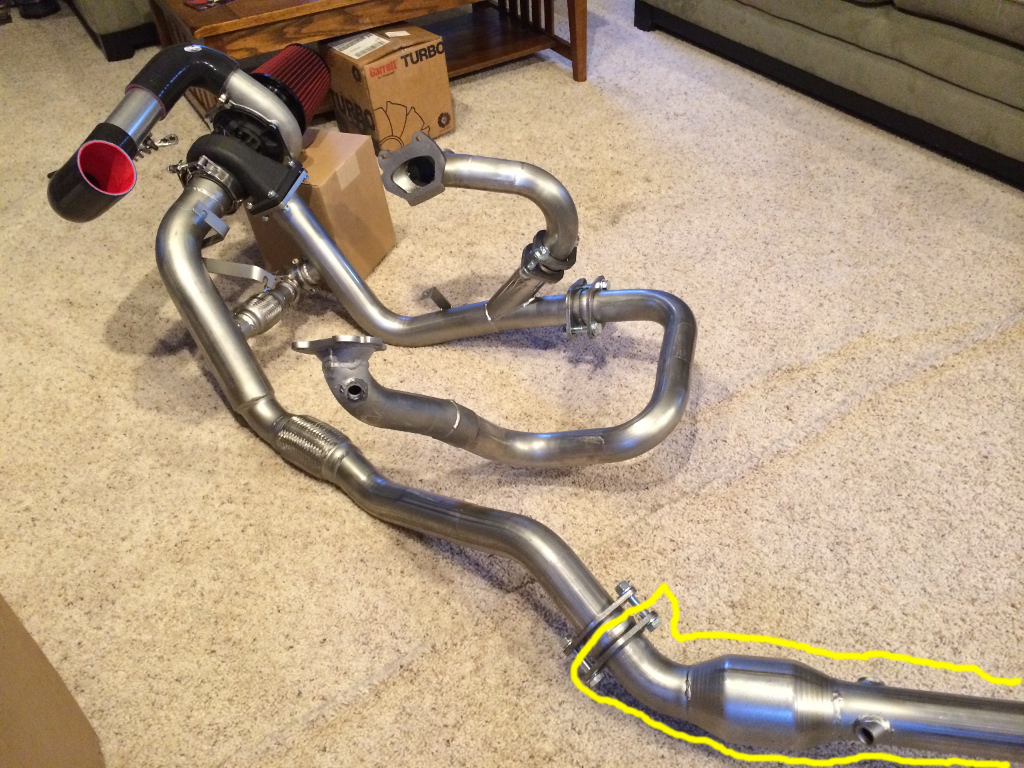
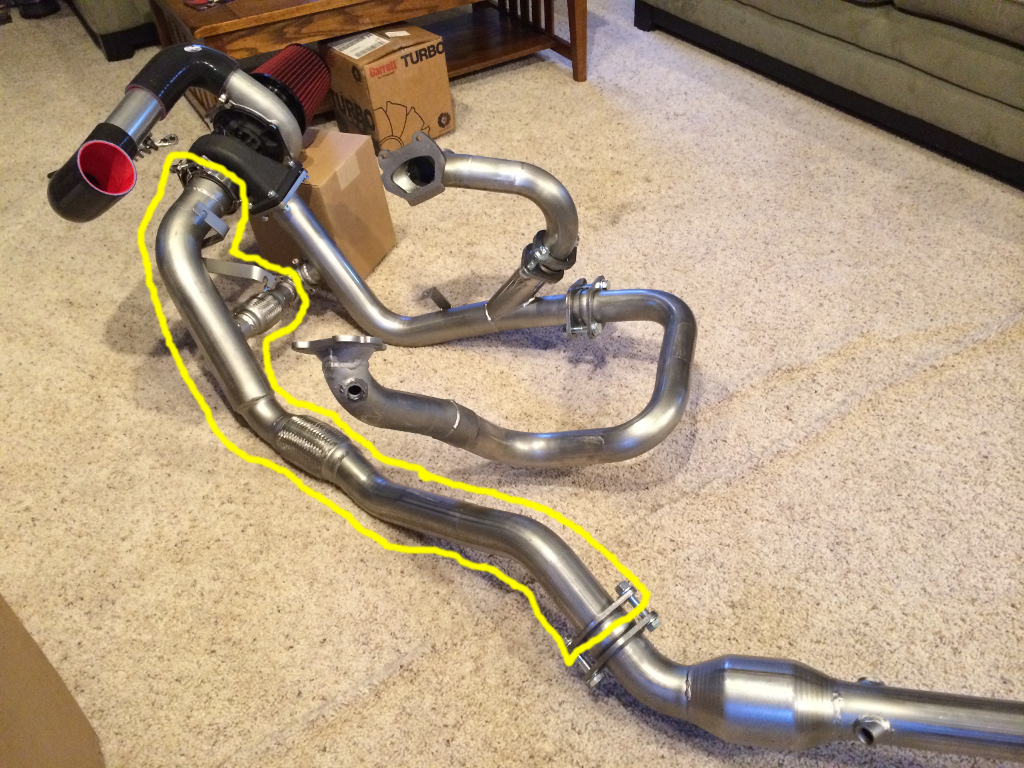
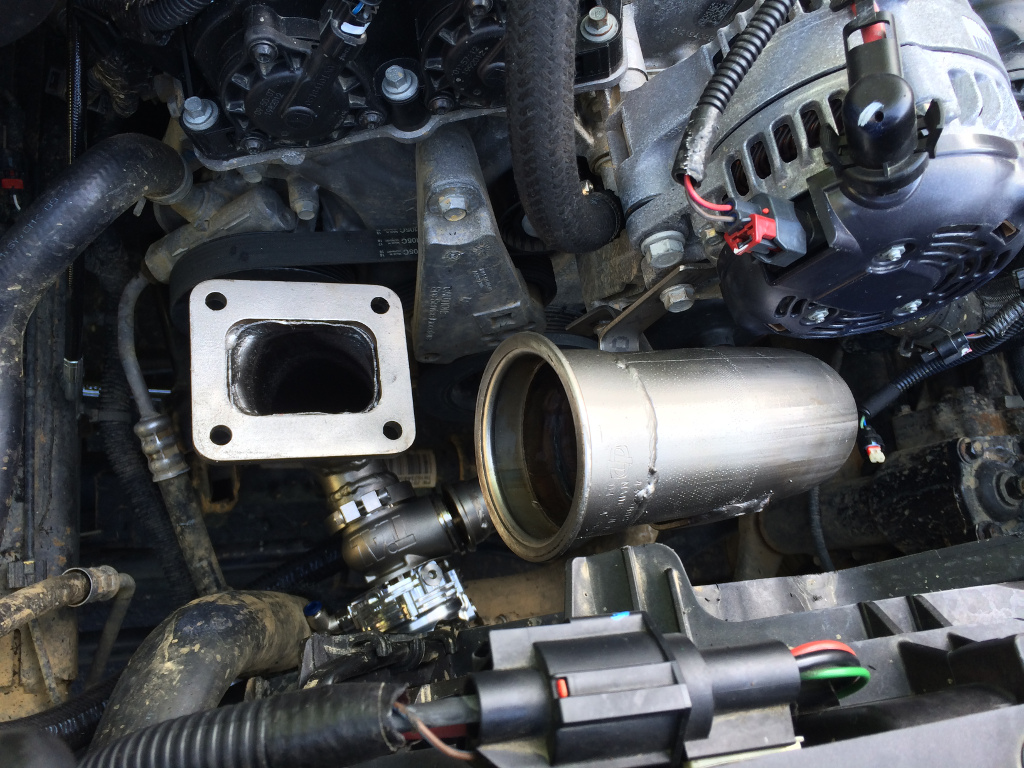

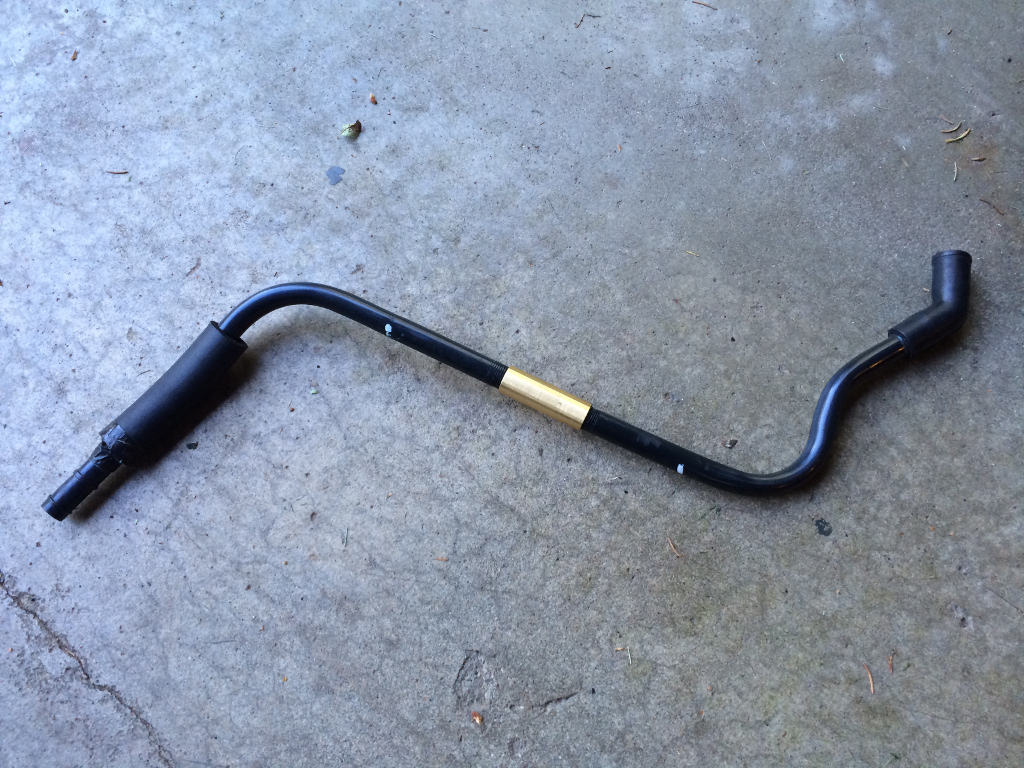


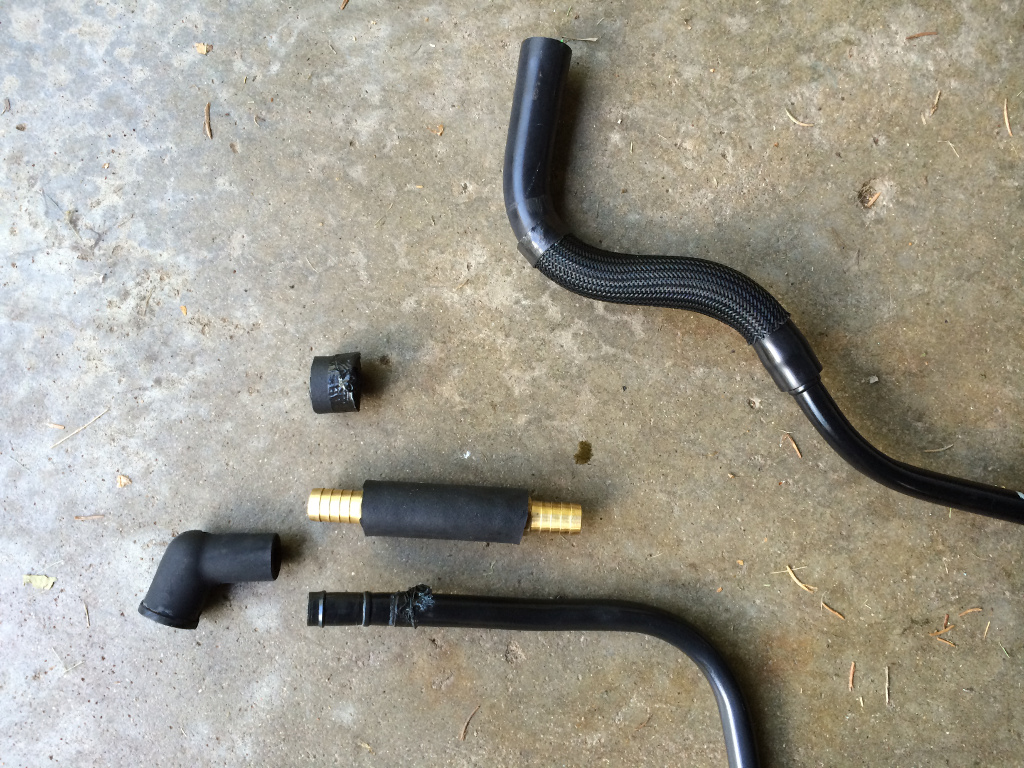
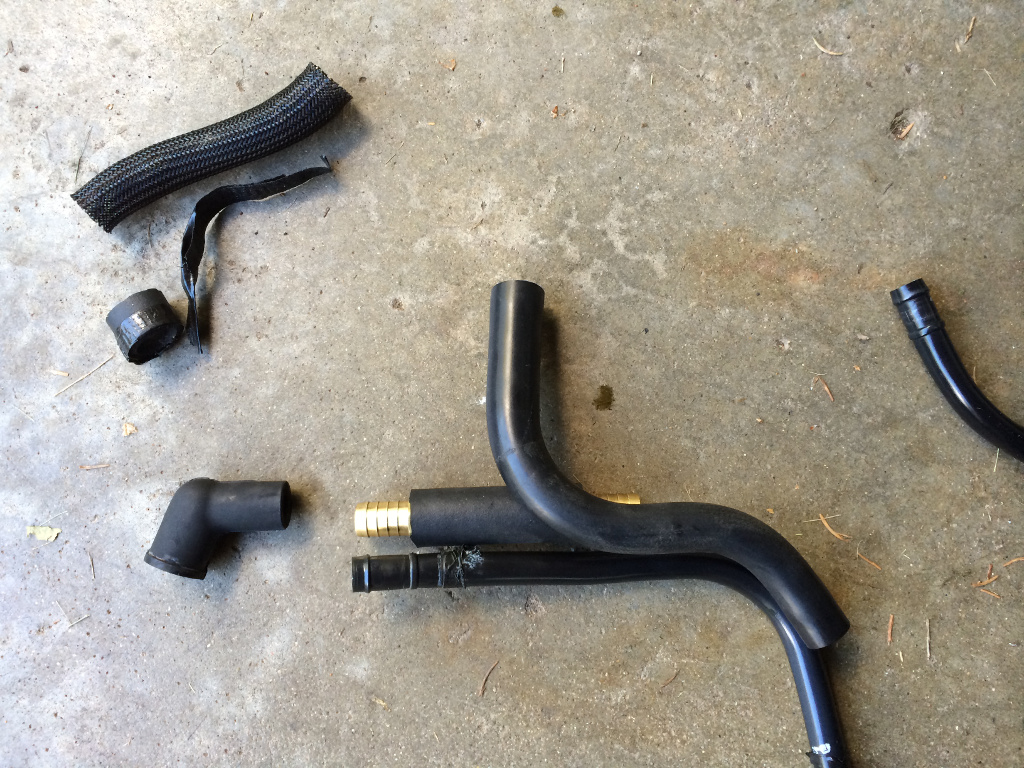


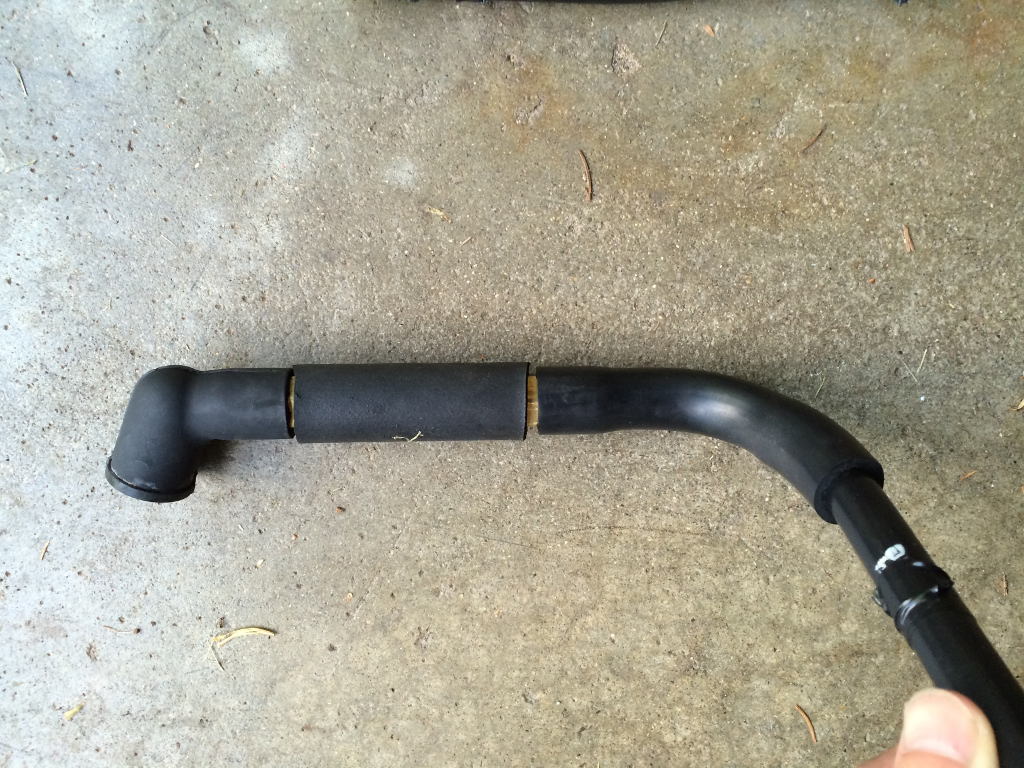


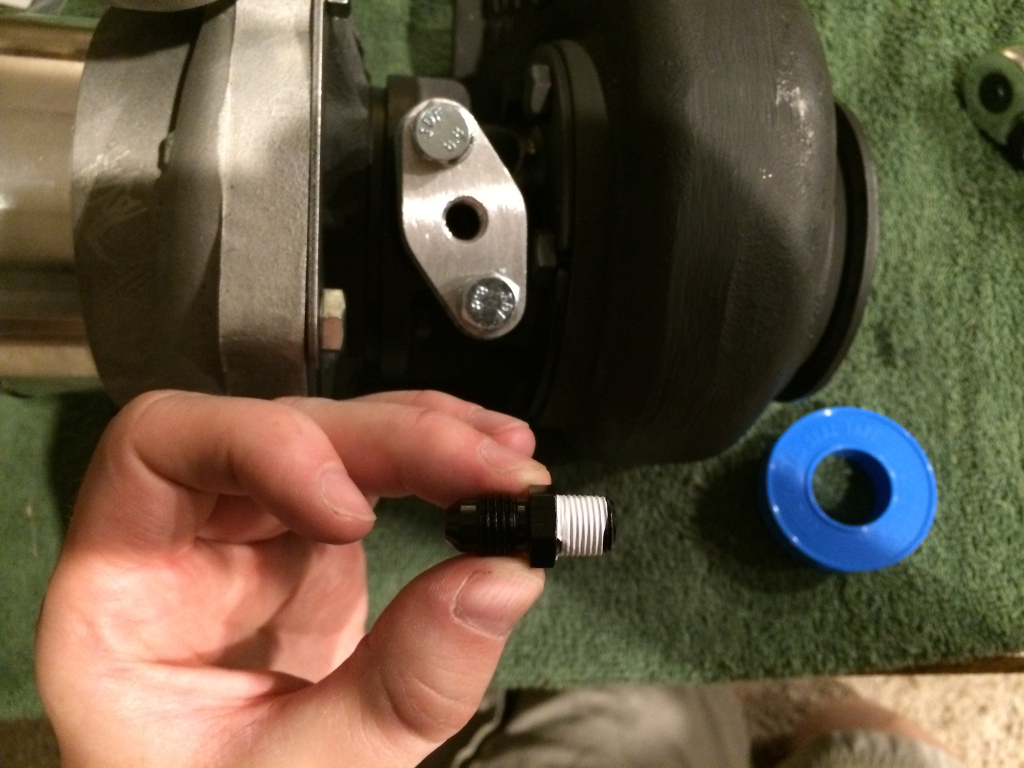
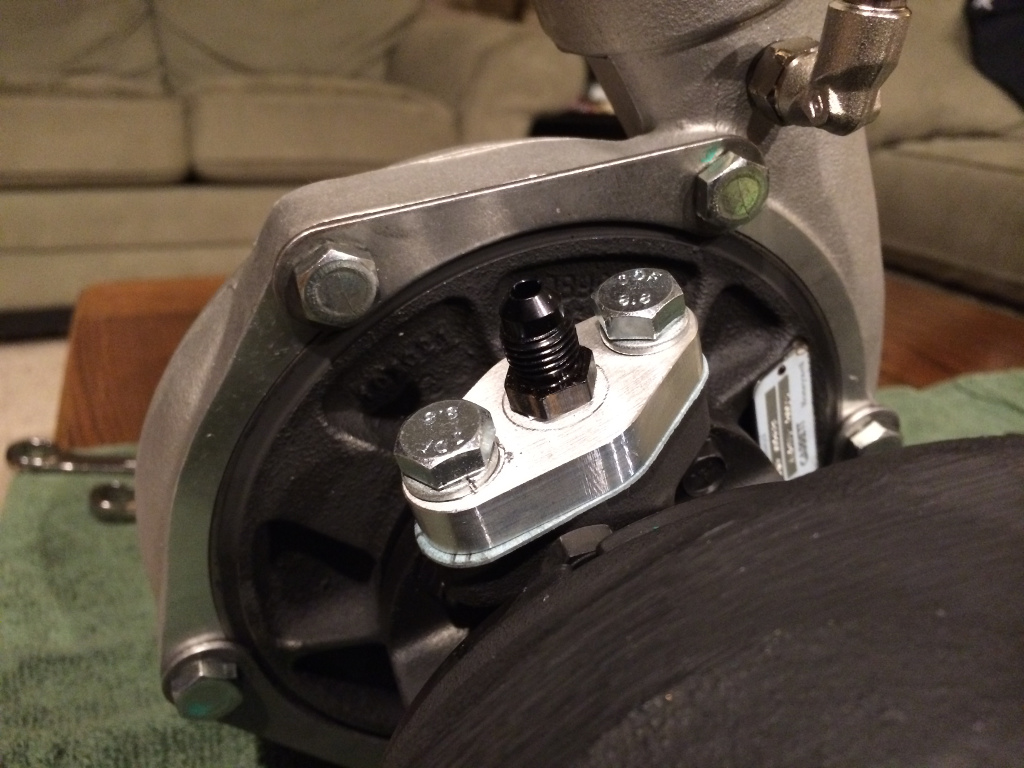
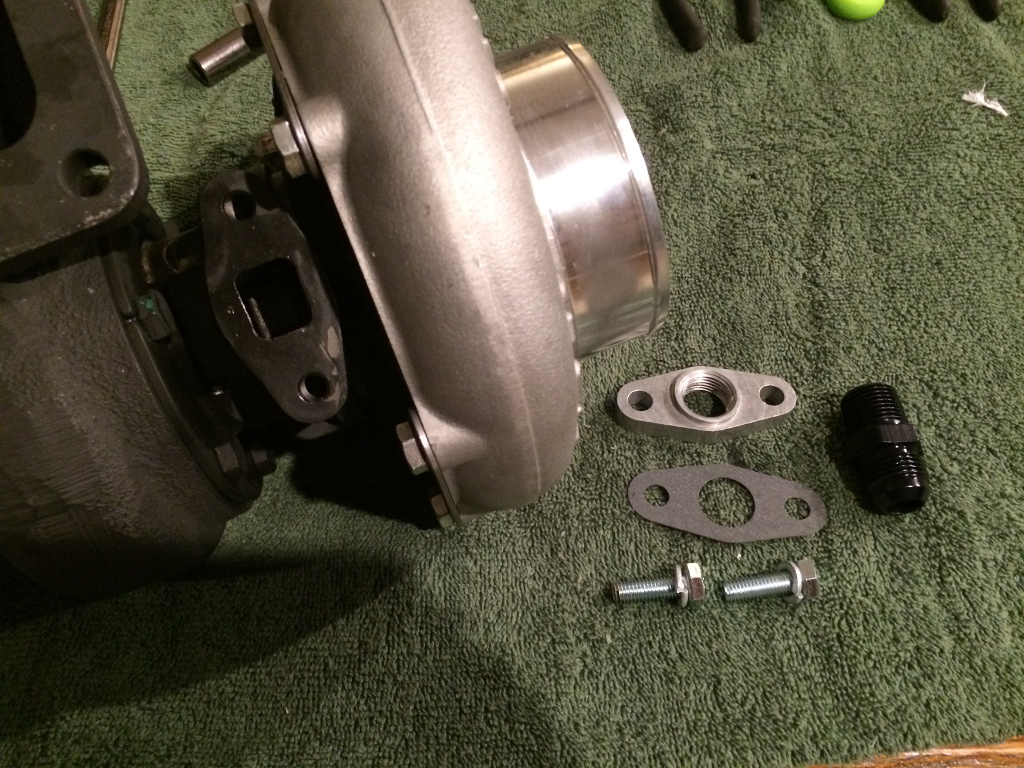
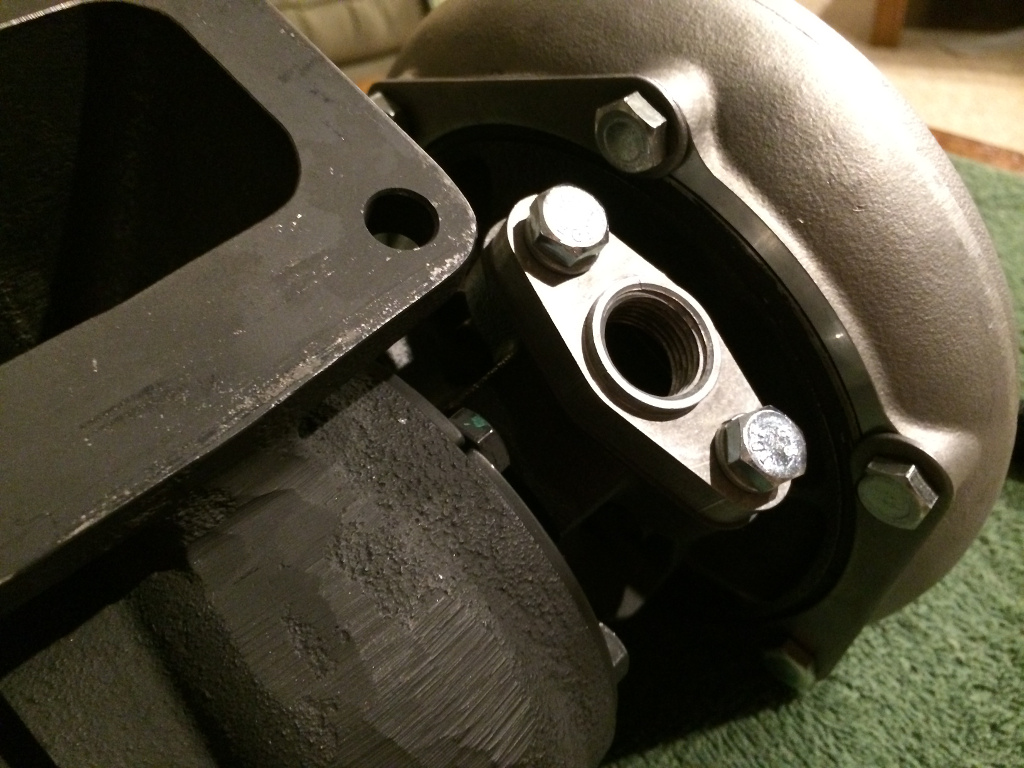

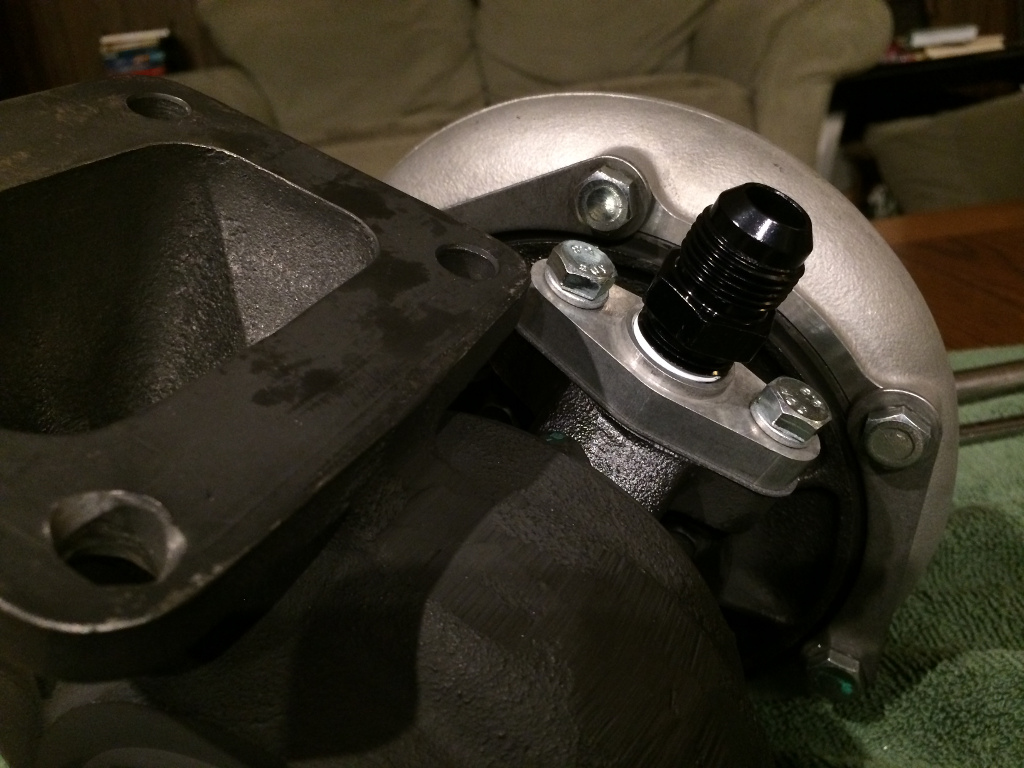
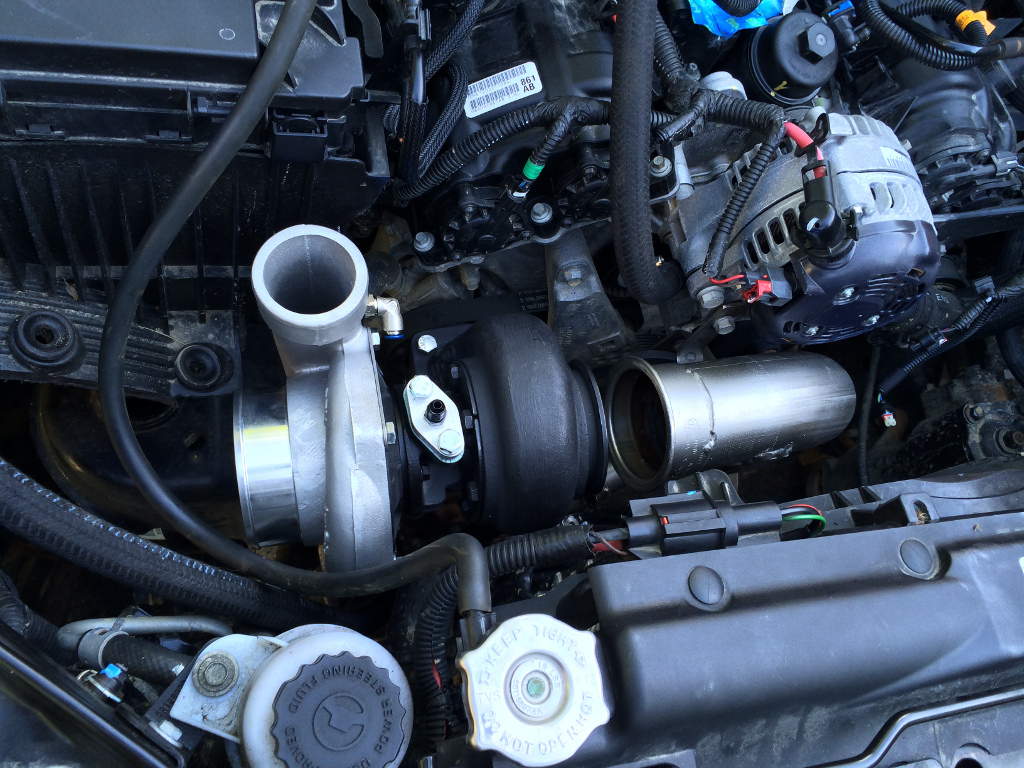
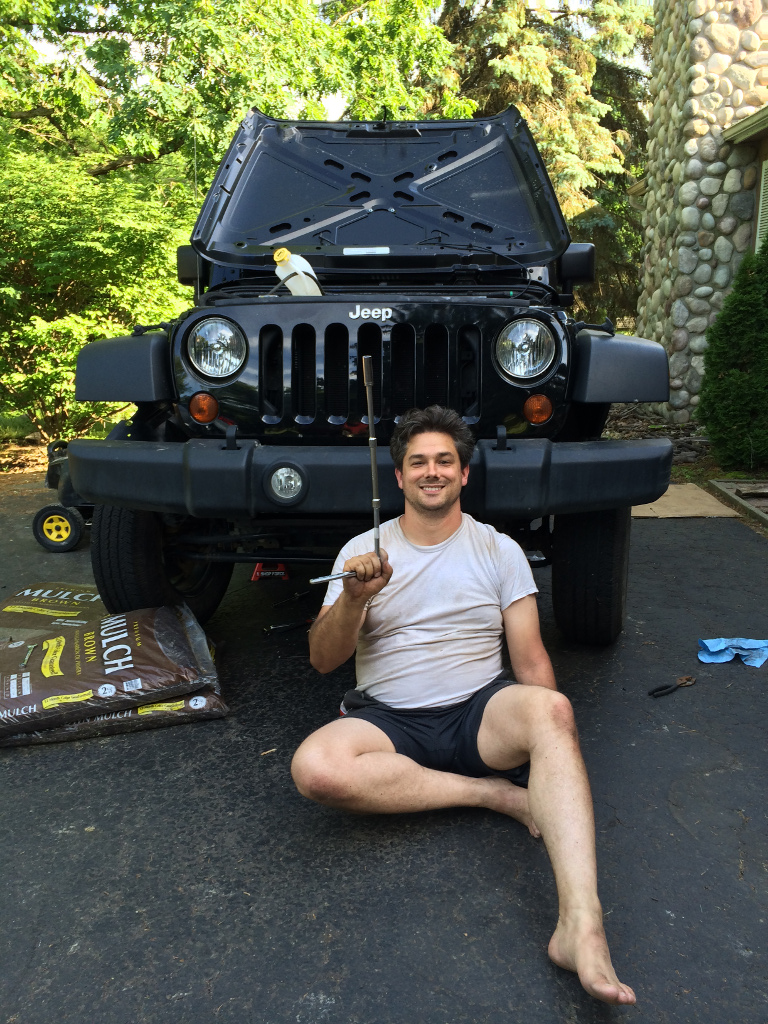
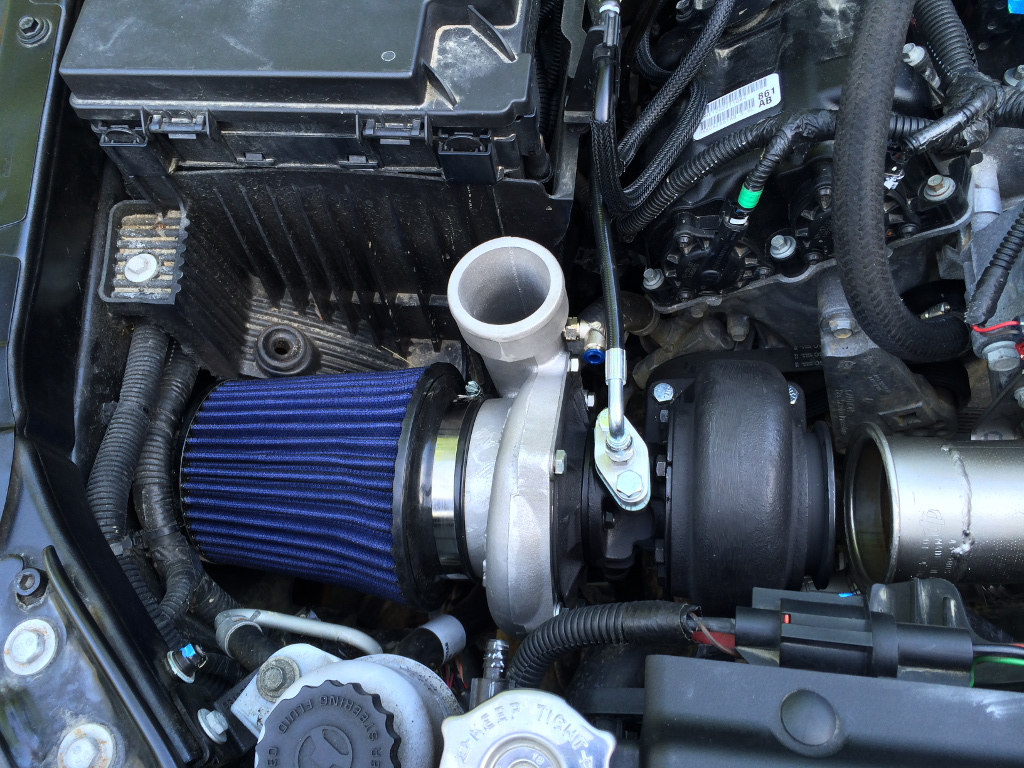
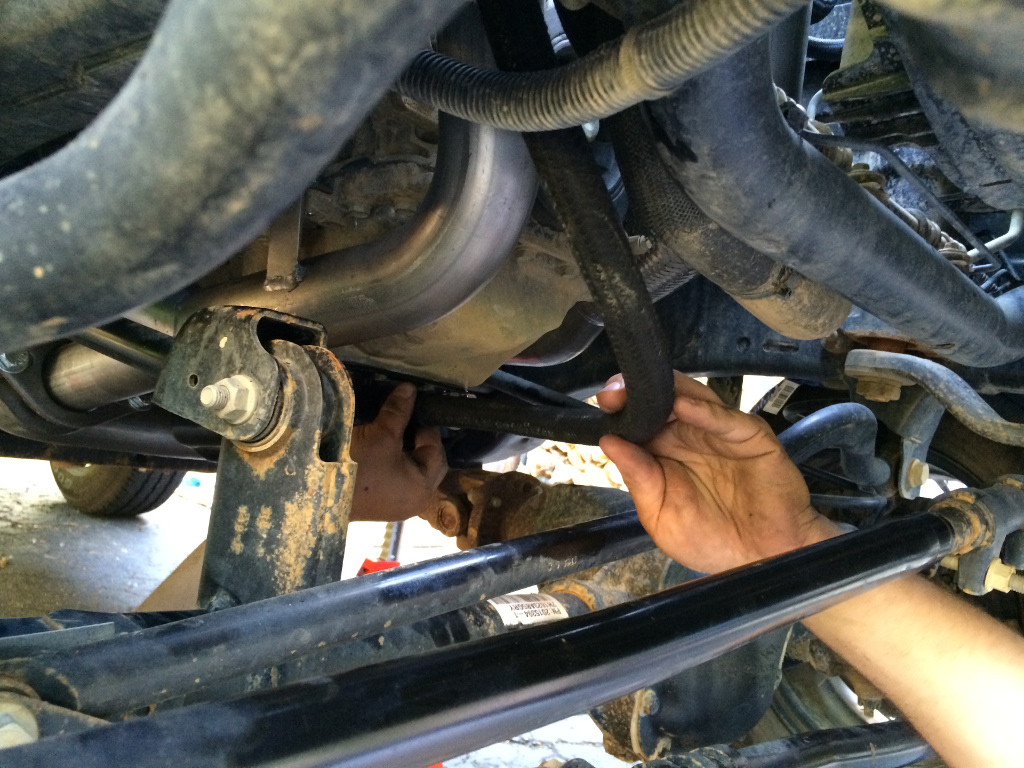
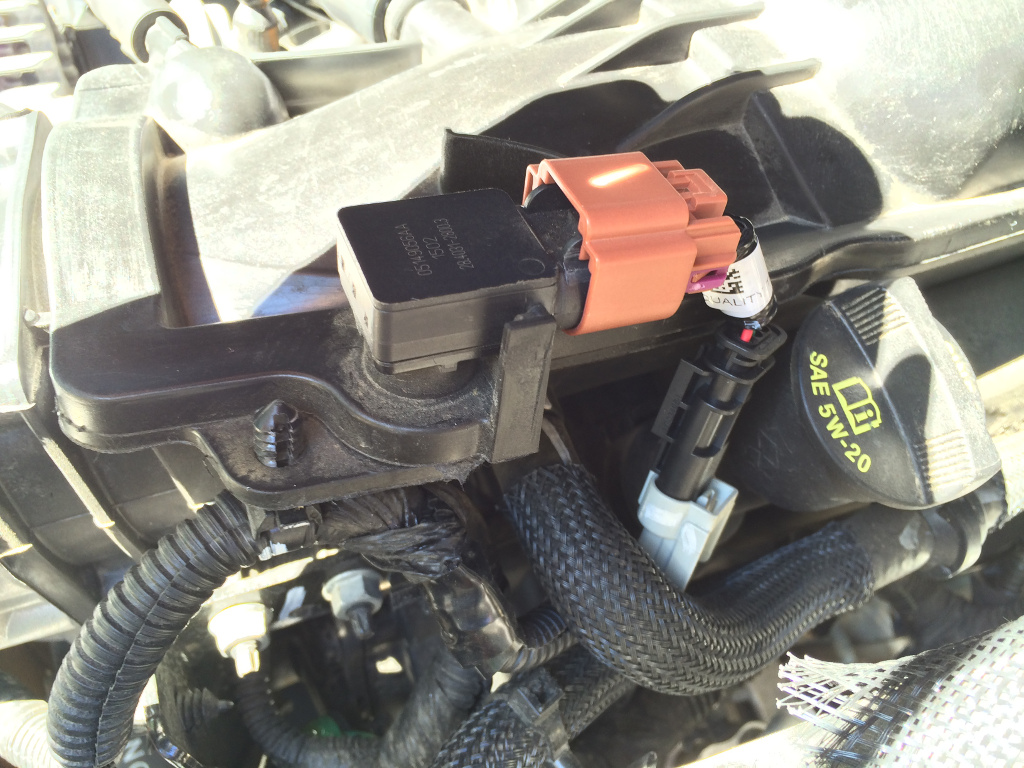

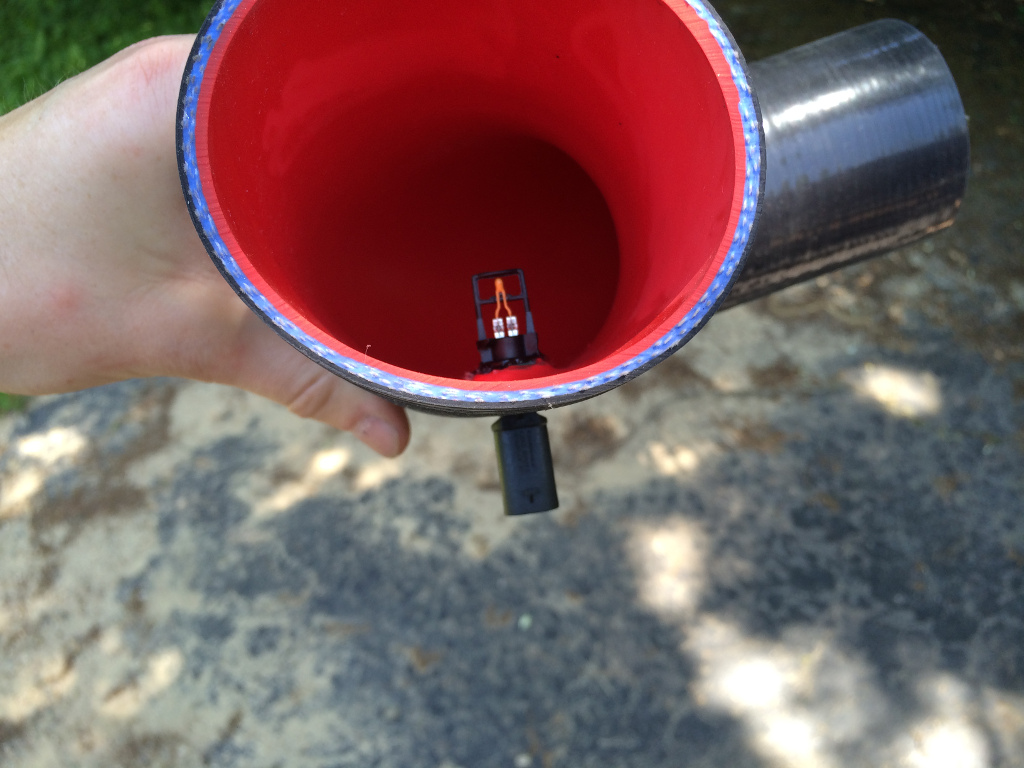
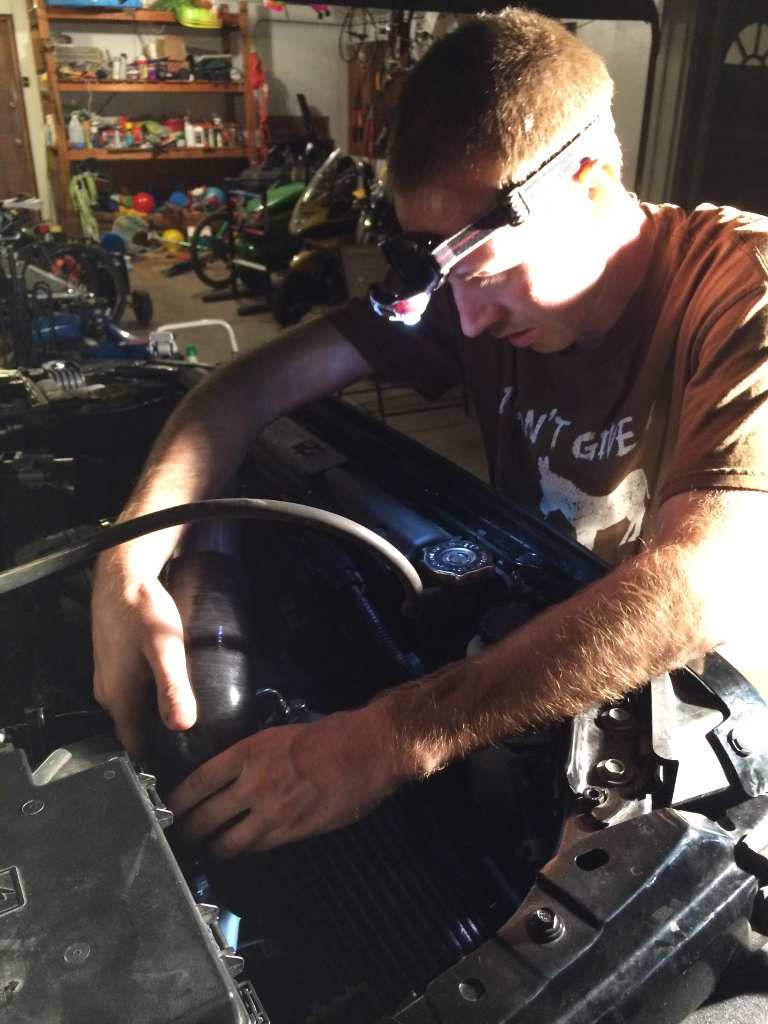

Connect With Us